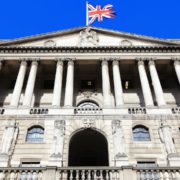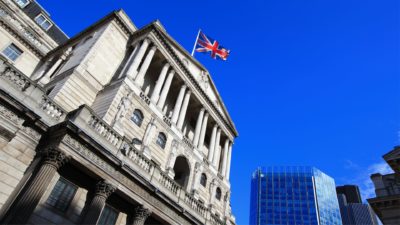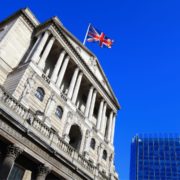- Wage growth has slowed again. Before inflation, wages in June-August were up 4.9% in a year excluding bonuses. They were up just 3.8% when bonuses were factored in.
- After inflation, wages rose 0.9% including bonuses and 1.9% excluding them.
- The unemployment rate was 4% – down over the year and the quarter.
- The employment rate was 75% – up over the year and the quarter.
- Economic inactivity was 21.8% – down over the year and the quarter.
- What this means for interest rates.
- What this means for you.
The ONS has released employment and wage data covering the year to June-August: UK labour market: October 2024 – Office for National Statistics (ons.gov.uk)
What this means for interest rates
Susannah Streeter, head of money and markets, Hargreaves Lansdown:
“Worrisome wage growth is in retreat, lifting expectations that borrowing costs will soon fall further. The rate of increase in average earnings (including bonuses) has fallen to 3.8%, a hugely significant drop given how pay growth had raced away in recent years.
Although there had been forecasts for an even steeper fall, and wages are still beating inflation, this will still assuage concerns among policymakers about the risk that consumer price rises will pop back up into troublesome territory.
The unemployment rate has dropped back, to 4%, which might give workers a little more bargaining power, but other data from across the recruitment industry highlighting wariness among employers who are hiring is likely to offset this in the short term. The pound has fallen further back against the dollar, to $1.303 after the wage data was published. It’s an indication of the firming up of expectations of a rate cut in November, with another follow up reduction likely in December too.”
What this means for you
Sarah Coles, head of personal finance, Hargreaves Lansdown:
“The rising tide of wages is helping people keep their head above water. However, wage rises are looking increasingly feeble and the deadweight of inflation risks dragging us back under as the year wears on.
Wage growth is now less than 2% after inflation, and some sectors are having an even tougher time. Average regular wage growth for the private sector is now 4.8% – the lowest it has been since February 2022. Things are particularly tight in the construction sector – where wages are up just 4.2%.
We’re expecting inflation to fall very slightly tomorrow, but a month later, the Bank of England has already issued warnings that the headline rate is likely to bounce back up. This will owe a great deal to rising energy prices, and while the Bank isn’t desperately worried from an inflation perspective, it doesn’t make higher energy bills any easier to cope with.
The approaching winter, and the restrictions on the winter fuel allowance, are piling even more pressure on. Already the HL Savings & Resilience Barometer shows that just under a third of people still have poor financial resilience, and those on lower incomes, renters and single people still have a horrible struggle to make ends meet.
Jobs
On the face of it, there’s positive news from the jobs market, with unemployment and inactivity falling and employment rising. However, the figures may be putting a flattering filter on a less attractive snapshot. The ONS has warned that the official figures may be overstating the good news. Poor response rates to surveys have made it more difficult to see the employment picture with real clarity. It means there may be more people struggling on much lower incomes, and because they’re dealing with the 27th month of falling job vacancies, it’s tougher to get back into work
Those who are out of work face an impossible winter. Already, the HL Savings & Resilience Barometer shows they have just £8 left at the end of the month after they’ve covered the basics – leaving them little or nothing left over to help them deal with higher prices. If they’re relying on benefits, they have a real wait on their hands before these rise in April, and in the meantime their incomes are falling further and further behind. September’s inflation figures will determine how much many benefits will increase, and at the moment, it’s likely to be well below wage inflation – making life even tougher.”
Other figures from the release
- Redundancies fell on the quarter to 2.8 per thousand. They’re also lower than a year earlier.
Vacancies fell by 34,000 in July-September to 841,000 – marking 27 months of consecutive falls. They’re still higher than before the pandemic.



























Comments